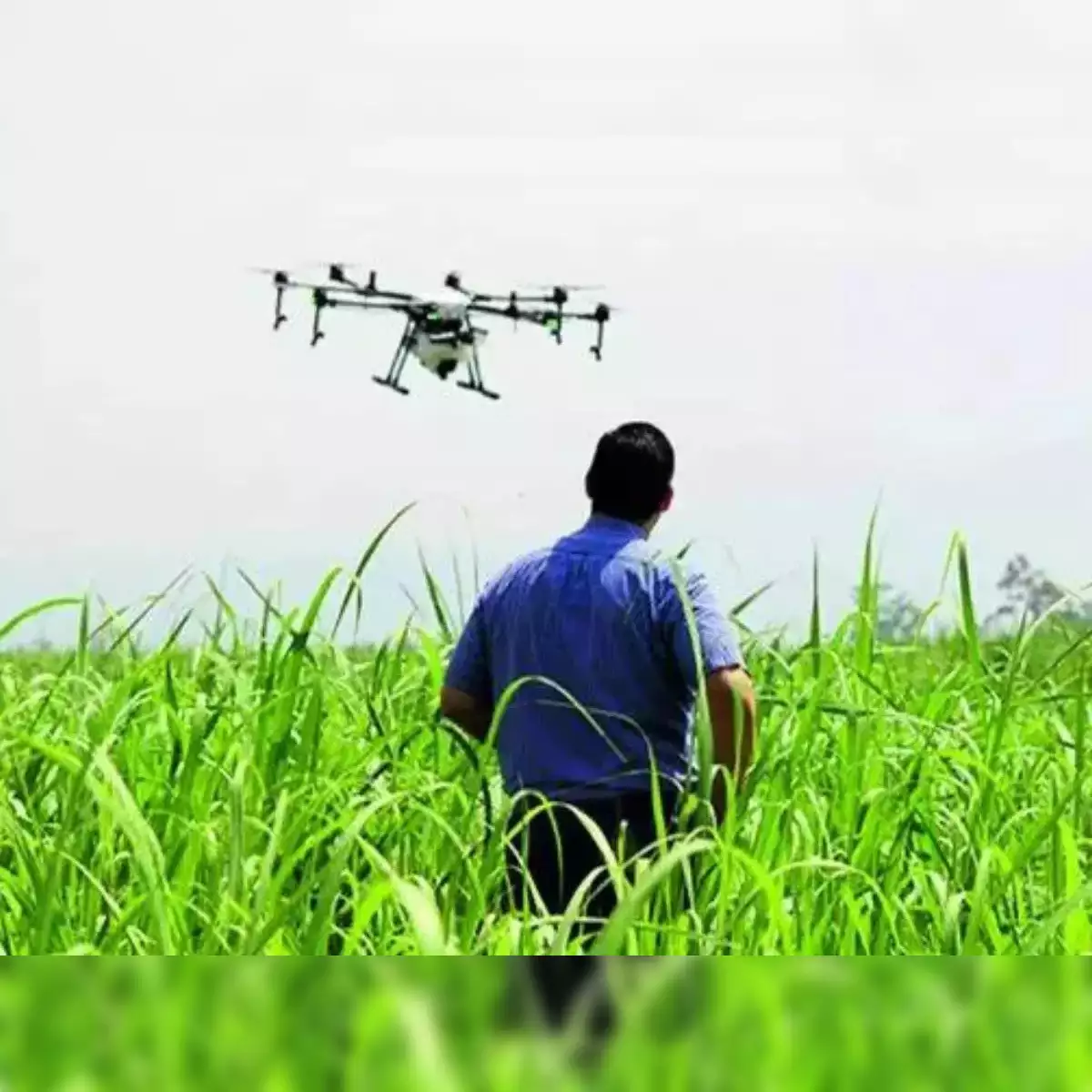Agriculture Budget: A Missed Opportunity for Transformation

In her eighth budget speech presented in Parliament, Union Finance Minister Nirmala Sitharaman emphasized the importance of agriculture, calling it “the first engine of growth.” The budget unveiled several initiatives aimed at revitalizing the agricultural sector. Among these is the Prime Minister Dhan-Dhaanya Krishi Yojana, a scheme targeting regions with low farm productivity. This initiative, in collaboration with state governments, aims to benefit approximately 10.7 million farmers. Other notable initiatives include a six-year mission for pulses self-sufficiency, a five-year mission to enhance cotton productivity, and the establishment of a Makhana Board in Bihar to improve production and processing. Additionally, a comprehensive program to promote horticulture production was announced.
While these initiatives appear promising, they may not be sufficient to drive the transformative changes needed in India’s agricultural landscape. Critics argue that the budget represents a missed opportunity to implement bold reforms that could significantly reshape the future of farming in the country. The overall allocation for the Ministry of Agriculture and Farmers’ Welfare was reduced by 2.5%, raising questions about the government’s commitment to addressing the pressing challenges facing the agricultural sector.
Budget Allocation: A Step Backward
The budget allocation for the Ministry of Agriculture and Farmers’ Welfare for FY26 stands at Rs 1.37 lakh crore, a slight decrease from the revised estimates of Rs 1.41 lakh crore in FY25. This reduction translates to just 2.7% of the total budget expenditure of Rs 50.6 lakh crore and 4.8% of net tax revenue of Rs 28.3 lakh crore. Such a decrease raises concerns about the government’s urgency in tackling the deeper issues plaguing the agricultural sector.
In contrast, the Ministry of Fisheries, Animal Husbandry, and Dairying received a significant 37% increase in budget allocation, rising from Rs 5,505.7 crore in FY25 to Rs 7,544 crore in FY26. This shift suggests a government focus on promoting growth in the dairy and fishery sectors, where India already holds a prominent position globally. As the second-largest producer of fish and aquaculture, India boasts seafood exports worth Rs 60,000 crore. The increased budget allocation aims to support sustainable fishing practices, particularly in the Indian Exclusive Economic Zone and High Seas, with a focus on the Andaman & Nicobar and Lakshadweep Islands. While this is a commendable step, it highlights a disparity in the government’s approach to agriculture versus other sectors.
Welfare Measures vs. Structural Reforms
A closer examination of the broader agri-food budget for FY26 reveals that the government’s strategy still heavily relies on welfare measures and subsidies. For instance, food and fertilizer subsidies continue to consume a significant portion of the budget. The food subsidy for FY26 is pegged at Rs 2.03 lakh crore, reflecting a 3% increase from Rs 1.97 lakh crore in FY25. This focus on consumer subsidies often overlooks the fundamental challenges that farmers face, such as low productivity and rising input costs.
While the Finance Minister announced the reopening of three dormant urea plants in the eastern region and the establishment of a new plant in Namrup, Assam, these steps alone may not be enough to ensure self-sufficiency. The fertilizer subsidy has been reduced from Rs 1.83 lakh crore in FY25 to Rs 1.56 lakh crore for FY26. Although this reduction may seem fiscally prudent, the real impact on farmers remains uncertain. India imports around 80% of its natural gas for urea production, making the cost of fertilizers vulnerable to fluctuations in global gas prices. Furthermore, the heavy subsidization of urea often comes at the expense of other essential nutrients, leading to an unbalanced fertilizer usage pattern across the country.
The Path Forward: Embracing Innovation and Sustainability
The real challenge lies in whether the government can pivot from its current fertilizer subsidy regime to a more efficient and sustainable approach. One potential solution could involve implementing direct cash transfers to farmers. This model would empower farmers to purchase fertilizers at market prices, thereby reducing leakage, which currently stands at 20-30%. Such a shift would ensure that subsidies are used more effectively.
Moreover, the government should promote technological innovations, such as nano-urea and nano-diammonium phosphate. These advancements can help balance nutrient usage and mitigate the environmental damage caused by excessive nitrogen application. Allowing fertilizer prices to be determined by market forces would not only encourage better nutrient use but also help restore the right balance of nitrogen, phosphorus, and potassium in soils. However, this transition would require strong communication efforts to build trust among farmers and ensure their understanding of the long-term benefits.
Observer Voice is the one stop site for National, International news, Sports, Editor’s Choice, Art/culture contents, Quotes and much more. We also cover historical contents. Historical contents includes World History, Indian History, and what happened today. The website also covers Entertainment across the India and World.
Follow Us on Twitter, Instagram, Facebook, & LinkedIn

